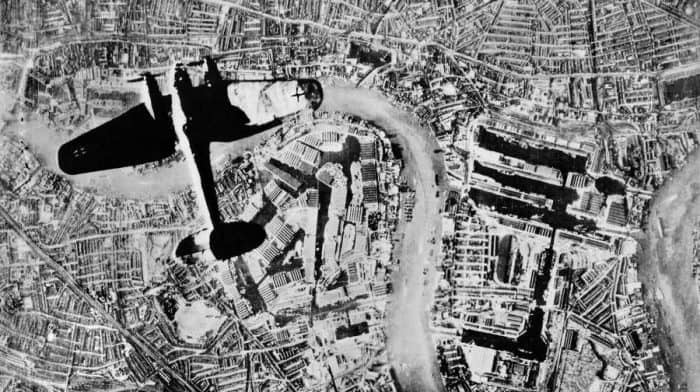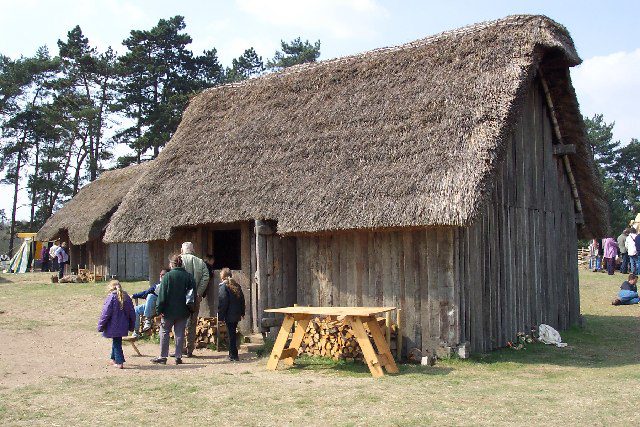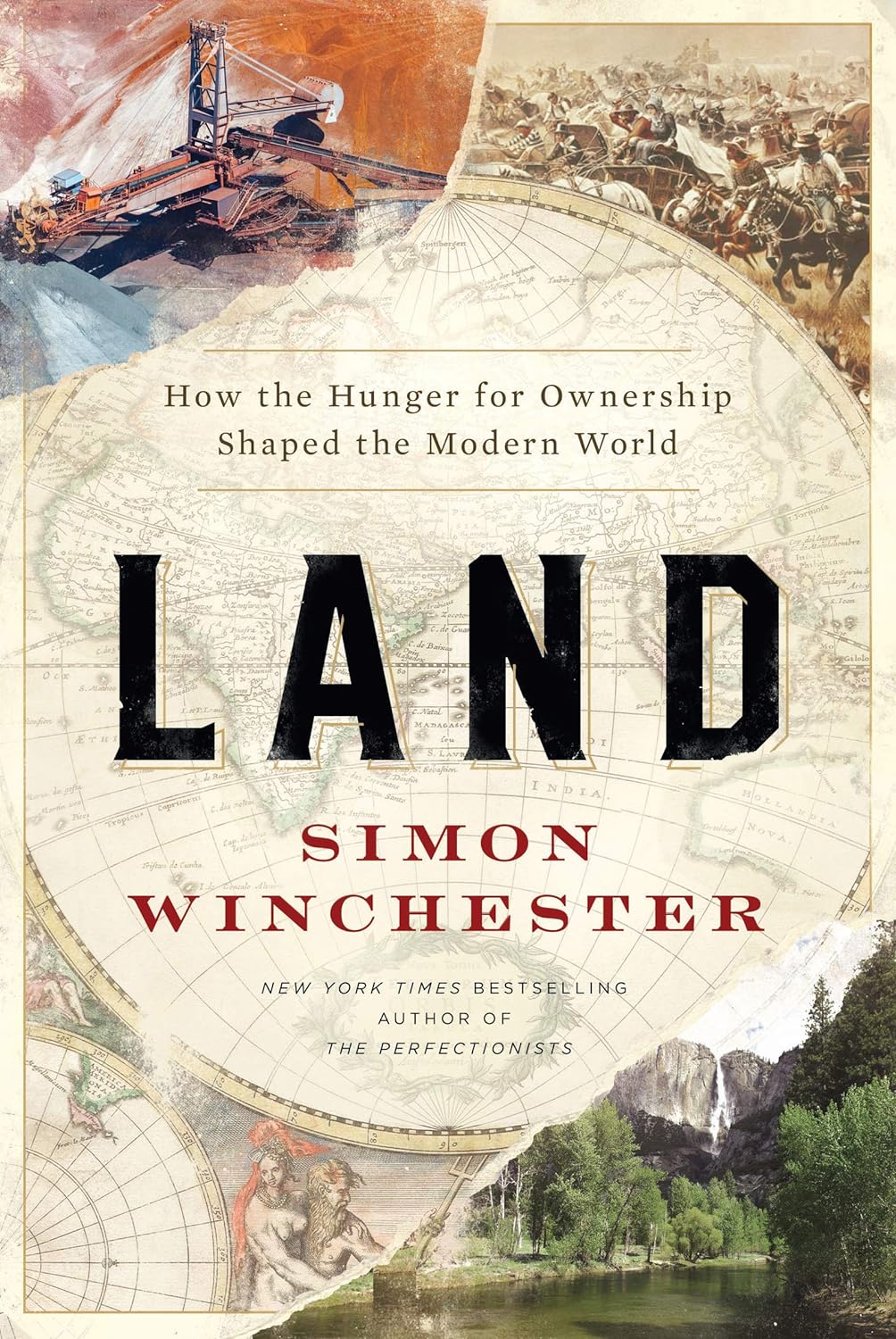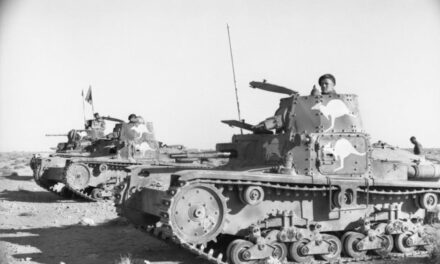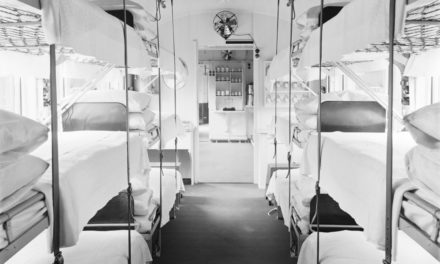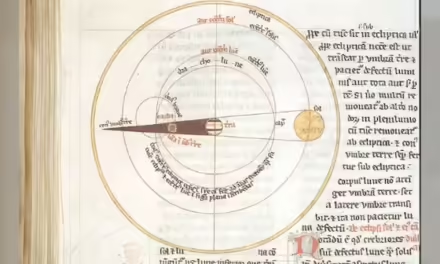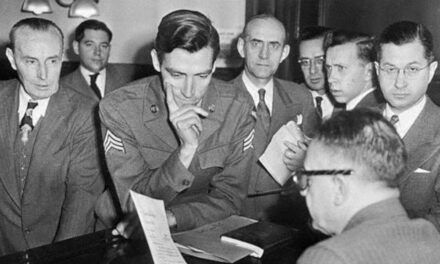Reading time: 6 minutes
A number of reports available in our collections highlight the wartime work carried out by pioneering statistician Florence Nightingale David. Here, we explore her story.
In 1939, Florence Nightingale David was living in the village of Bledlow in Buckinghamshire, alongside a number of her female academic colleagues at University College London (UCL). This included Eileen Evans, a phonetics lecturer, Elizabeth Bigg-Wither, a lecturer in Italian, and Joyce Townsend, research assistant, secretary, and illustrator to the zoologist DMS Watson.
Born in Herefordshire in 1909, David’s parents had been friends with the Crimean War nurse Florence Nightingale, who she was named after. She would complete her degree in Mathematics at Bedford College for Women in 1931, and joined UCL as a research assistant in statistics, before completing her doctorate in 1938 and continued her work at the college until 1939.
By William Butler, The National Archives
Work in wartime
In June of that year, David was called upon to be an experimental officer to the Board of Ordnance, where she mainly worked on statistical analysis relating to the effectiveness of various weapons, and recalled that one of the investigations she carried out related to an analysis of anti-aircraft guns against German bombers traveling up the Thames River.
Within a year, she was transferred to the Ministry of Home Security Research and Experiments Department, working under the epidemiologist and statistician Austin Bradford Hill. It’s this work that surfaces in The National Archives’ collections.
The British Government sought to compile data on the bombings of British towns and cities throughout the war, as they related to the approximately 63,000 civilians killed in air raids, and they did this in a variety of ways. Bomb Census surveys were taken, which sought to trace and mark every bomb dropped on the United Kingdom.
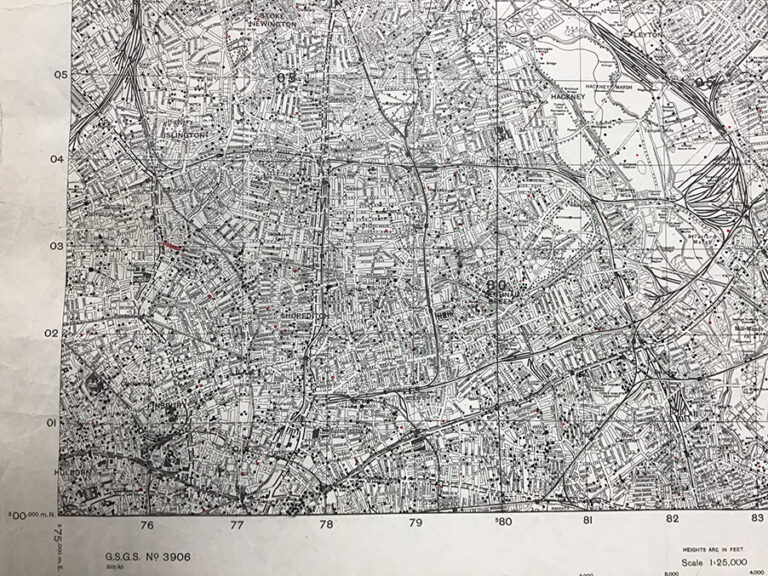
The government also collated, as might be expected, overall air raid casualty figures, normally broken down in a number of ways: by city, or county, or nation, and then further broken down, showing male, female, and child casualties.
But, how then was this data recorded? For the purpose of statisticians like David, Air Raid Casualty Cards were utilised, and Hill had appealed personally to Medical Officers across the UK, who gathered the data for him.
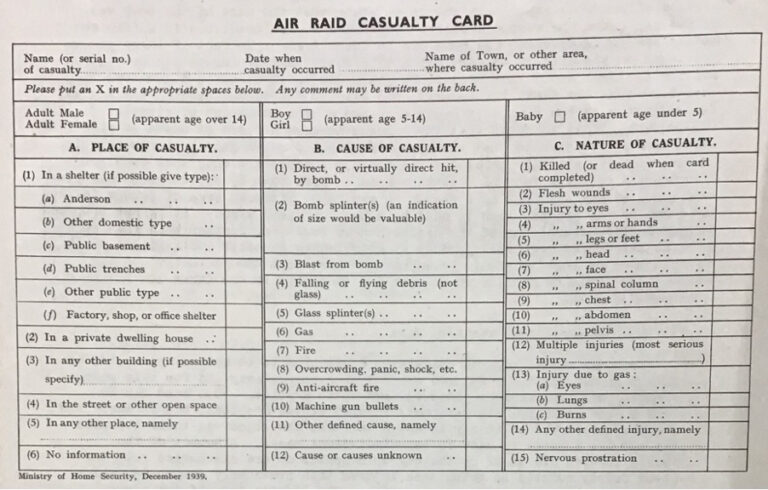
Using Mass Casualty Data
The resulting data, for the period from 1940 to early 1941, was collated into a report authored by David entitled ‘The Statistical Analysis of Mass Casualty Data’.
David had already produced reports that mainly focused on probability – the likely dispersion of bombs released from an aeroplane, and the potential success of bombarding minefields to clear them to name just two – but the Mass Casualty Data report looked to gather the evidence sent to Hill.
In the report, David explained that the rationale was:
‘…to find out the safest place to be for persons who were living in a target area. More particularly the Department wanted information about different types of shelter with a view to recommending alterations if necessary. But general information as to the whereabouts of persons when they became casualties was also of interest from the point of giving advice as to the safest place to be if sheltering in a house.
Another aspect of the inquiry closely linked with the first was the cause and nature of the casualty. For example if it had been found, as actually was found in the case of the V1 weapon, that flying glass caused a high proportion of injuries, then it would have been necessary to emphasize to the public the need for keeping away from windows.
The nature of the casualty was also originally important in order to find out which of the different agents casualties, e.g. debris, glass, bomb fragments and so on, were most dangerous to life and limb.’
The statistical analysis also found a number of interesting things out about the bombing of UK cities. For example, 90% of deaths were described as being due to direct hit or near miss, ‘blast’, or falling debris, while the remaining 10% were divided between bomb splinters, fire, AA barrage, drowning, shock and glass. Essentially, if someone was outside a certain distance from the explosion, then they might be injured by such missiles as flying glass and debris but were not likely to be killed.
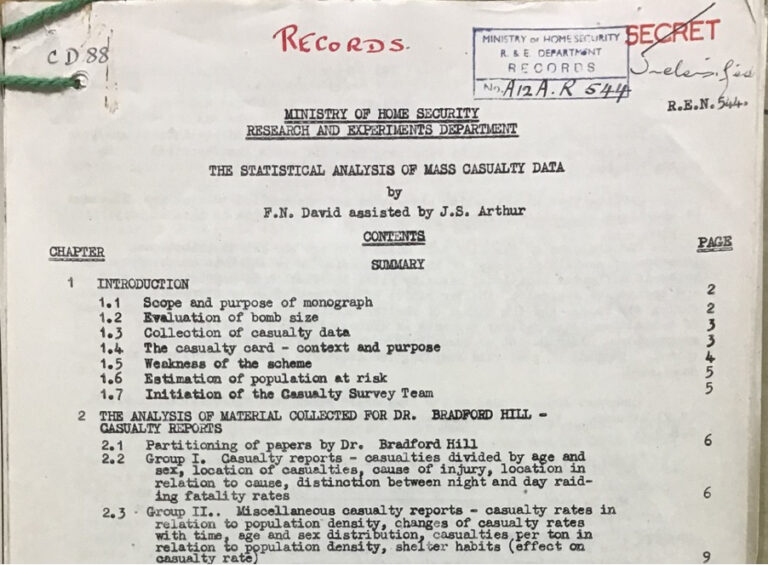
Upon analysing 10 ‘blitzed’ cities containing under 10% of the total population of the UK, it was found that they had accounted for 38% of those killed and 31% of the total casualties. When London was added to this examination essentially a quarter of the population of England and Wales incurred three-quarters of the casualties.

Essentially, this work carried out by the Ministry significantly aided health and air raid policy, especially as it related to advice given out in official announcements, while also helping to plan for the continued operation of the civil administration (especially water and electricity supplies) in areas heavily affected by air raids.
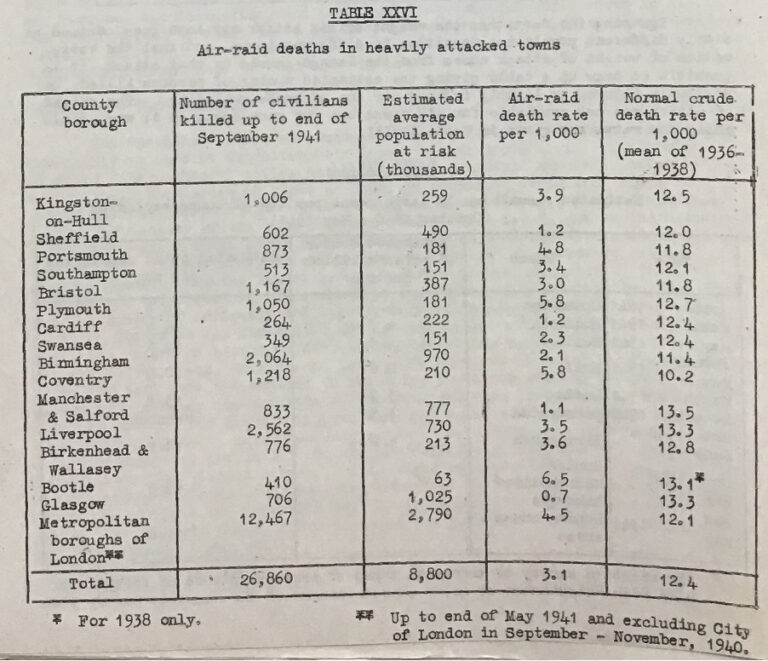
‘Very well, I’m going…’
In an interview in the late 1980s, David recalled that as soon as VE Day was announced she thought ‘very well, I’m going at the end of the month, I’ve had enough of this stuff, I’ve wasted six years’. Even a request from the Pentagon to join a task force to report on the atomic bomb could not persuade her to go back: ‘I missed all that, which was absolutely marvellous’, she remembered.
After the war, she returned to UCL, becoming a Professor of Statistics in 1962. In 1968, after holding a number of visiting positions, and living briefly with the statistician Evelyn Fix, she moved to the University of California, eventually earning a Chair in the Department of Statistics.
In 1992, shortly before her death the following year, David was awarded the first Elizabeth L Scott Award, partly ‘for her efforts in opening the door to women in statistics’, as well as for her contribution to the profession more generally. Subsequently, the Florence Nightingale David Award was established and is awarded every two years to a distinguished female statistician.
She may not have thought much of her wartime work, but David certainly made a big contribution to the understanding of the effects of bombing on British cities, and her work was much respected.
This article was originally published in The National Archives.
Articles you may also like
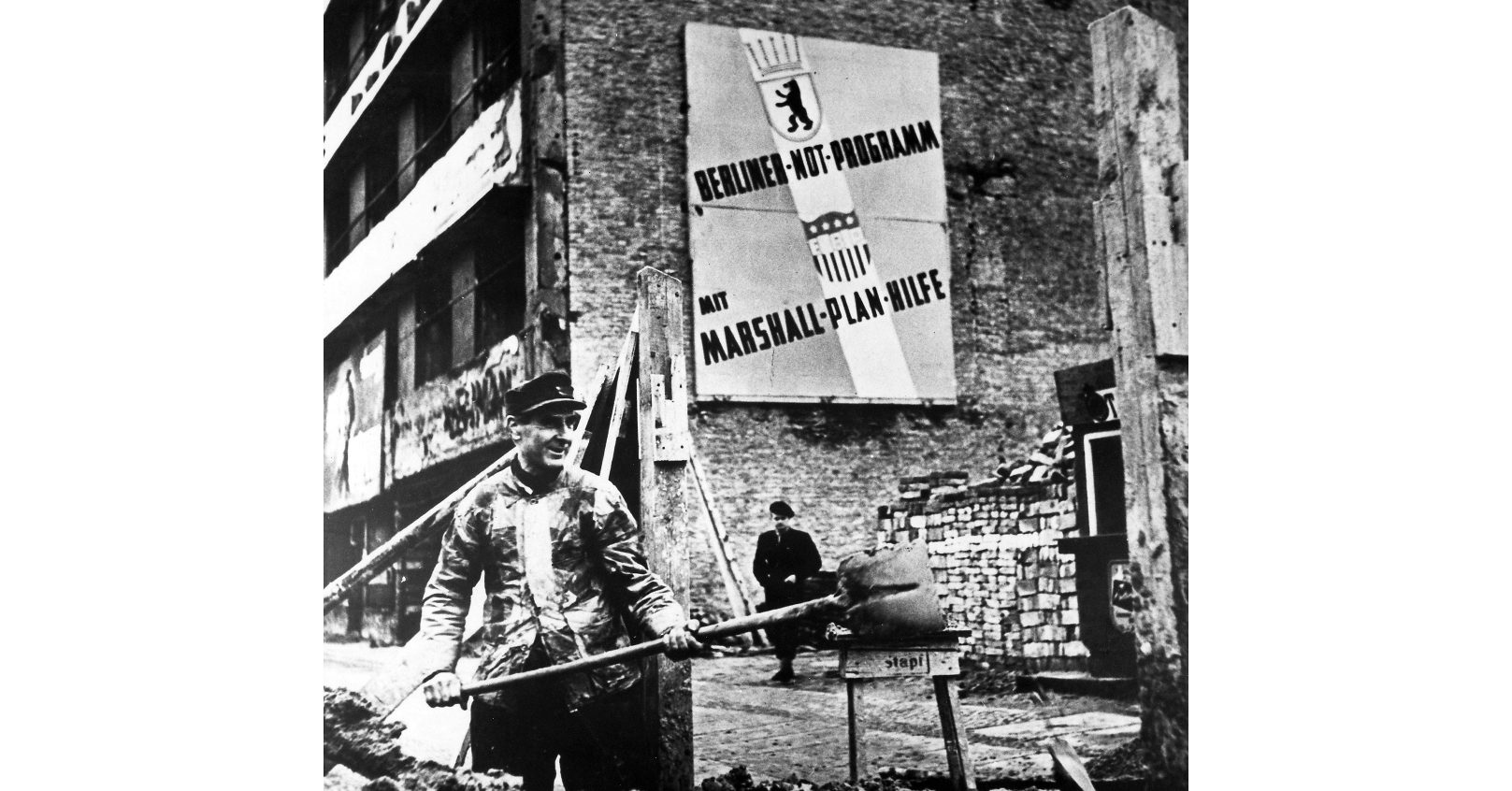
Weekly History Quiz No.284
1. What was the purpose of the 1948 Marshall Plan?
Try the full 10 question quiz.
This article was first published by The National Archives. It is reproduced in accordance with the Open Government Licence v3.0.

